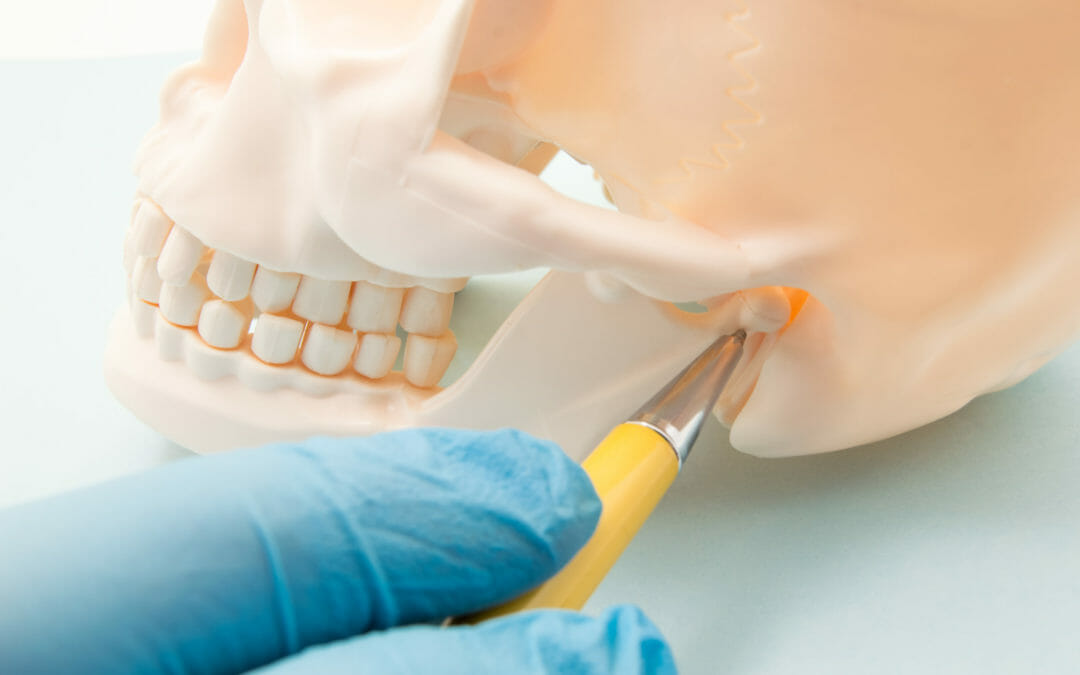There are many different kinds of maxillofacial trauma, and some of them include orbital fractures. This occurs when one of the bones around the eyeball gets broken. These bones are usually called the eye socket or the orbit. This kind of facial injury is usually a blunt force trauma that occurs when the eye gets hit quite hard. This kind of fracture can be very painful and can stop patients from being able to move the eyeball correctly.
Three Types of Orbital Fractures
There are generally three types of these fractures that are classified by the effects on the bones and where they are located. Any of the bones in the orbital area can be broken.
If a patient has an orbital rim fracture, the eye socket’s bony outer edges are affected. The bone in this area is very thick, so it takes a high degree of force to cause a fracture in it. These are often caused by the impact of a car accident. With this kind of fracture, most patients also have a number of injuries that occurred on the face. This type of orbital fracture can also damage the optic nerve that is in the back part of the eyeball, which can affect the patient’s vision.
An orbital floor fracture is a type that results from getting a blow to the orbital rim that pushes back the bones. This in turn causes the bones located on the floor of the eye socket to move downward. With this type of fracture, the nerves and muscles in the area are usually also affected. This can keep the eye from feeling normal, and it can interfere with the movement of the eye. When these occur in the elderly, it is often from hitting something during a fall.
A blowout fracture occurs when the inner wall or floor of the eye socket gets broken. These bones are very thin, and a crack in them can cause the muscles and other tissues around the eye to be pinched. This keeps the paint from being able to properly move the eye. A punch to the face or a strike with a bat are often behind this type of orbital fracture.
Symptoms of Orbital Fractures
If you aren’t sure whether you have an orbital fracture, there are a number of symptoms that patients can display. They may have vision that is decreased, blurry or doubled. The eyes usually have bruising around them and are often painful. There may be swelling under the eye or on the cheek or forehead. The cheek may be flattened, and there may be a lot of pain in the cheek when the patient is opening their mouth.
The eye’s sclera, or white part, may have blood in it. The area around the injury may be numb along with the rest of that side of the face. The patient may have a hard time looking in a certain direction. The eyes may look either sunken or bulging. The specific symptoms that a patient shows depends on the severity of the injury as well as the type of fracture.
This injury is often assessed simply by looking at the area and the symptoms that are presenting. There are often X-rays taken or CT scans done to pinpoint the exact problem and the area of the fracture.
Treatments for Orbital Fractures
The treatment needed for an orbital fraction has a lot to do with how severe the fracture is and what kind of symptoms the patient has. Using ice packs is a good way to help bring down the swelling so that the fracture can begin to heal by itself. A doctor may prescribe one or more medications to help with some of the problems that come from the injury. These include antibiotics for possible infections and decongestants for the swelling.
There are some cases of orbital fracture that require surgery. In some cases, the patient will have to wait for the swelling to come down before the surgery is done. The type of surgery the patient gets often depends on where the break is and how severe it is. A significant break may require an implant to be used to replace the orbital wall. The surgery may simply be needed to repair some tissue prolapse and/or to repair the bone that is broken.
If the fracture is a mild one, the bones may still be intact. If the fractured bone is still intact, there may be no surgery needed. In these cases, rest and ice packs can help to alleviate pain and swelling. If the bones have been crushed, displaced, or have become separated, surgery may be needed.
If you have suffered an injury and have any of the symptoms of an orbital fracture, it’s important to get an assessment so that the problem can be diagnosed. It may be a fracture that requires surgery in order to get you back to your normal life. Early intervention can be helpful toward helping you to heal.
Do you still have questions? Contact our office today!

